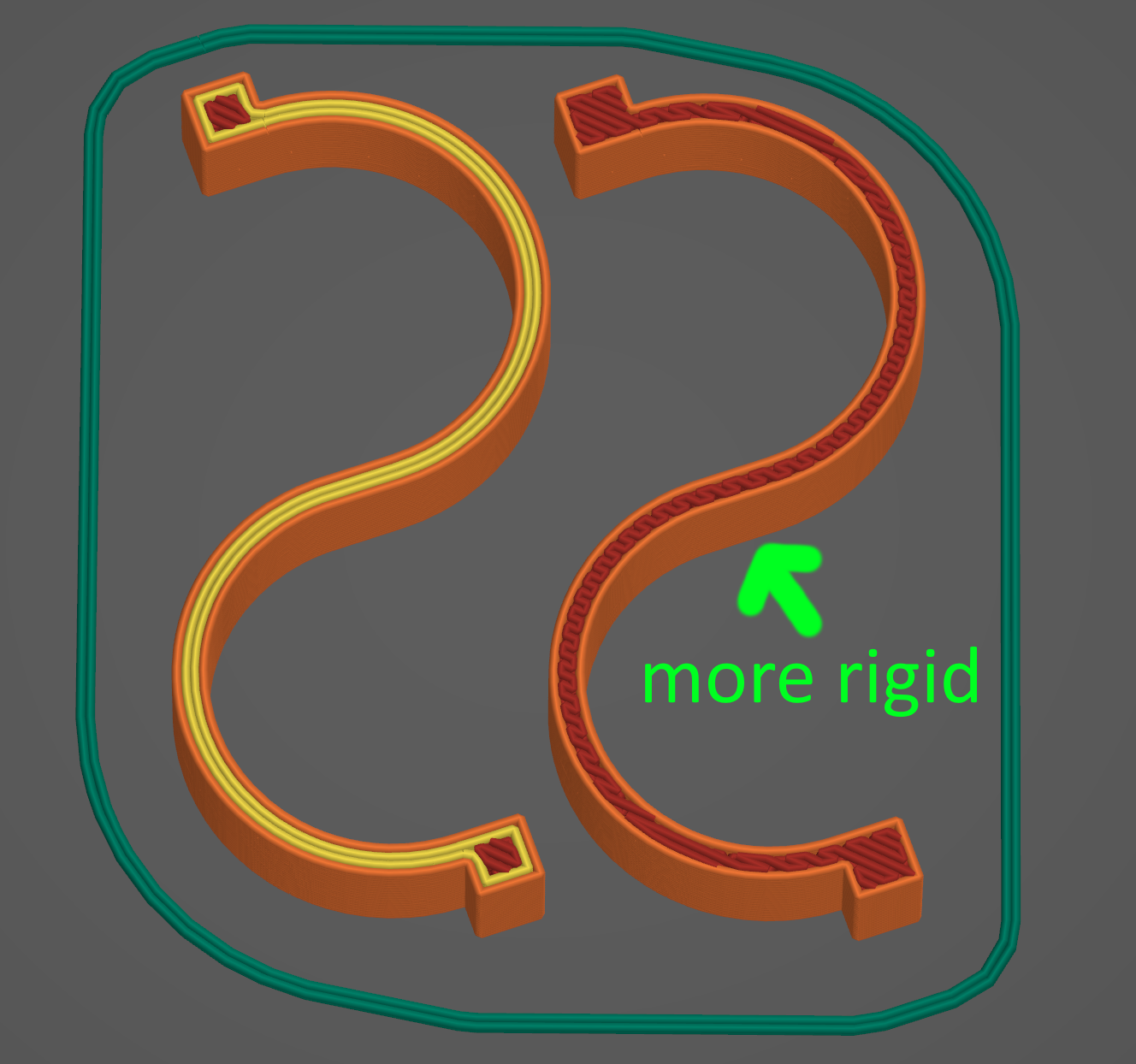3DPrinting
3DPrinting is a place where makers of all skill levels and walks of life can learn about and discuss 3D printing and development of 3D printed parts and devices.
The r/functionalprint community is now located at: or [email protected]
There are CAD communities available at: [email protected] or [email protected]
Rules
-
No bigotry - including racism, sexism, ableism, homophobia, transphobia, or xenophobia. Code of Conduct.
-
Be respectful, especially when disagreeing. Everyone should feel welcome here.
-
No porn (NSFW prints are acceptable but must be marked NSFW)
-
No Ads / Spamming / Guerrilla Marketing
-
Do not create links to reddit
-
If you see an issue please flag it
-
No guns
-
No injury gore posts
If you need an easy way to host pictures, https://catbox.moe/ may be an option. Be ethical about what you post and donate if you are able or use this a lot. It is just an individual hosting content, not a company. The image embedding syntax for Lemmy is 
Moderation policy: Light, mostly invisible
view the rest of the comments

The 1 walled hook has the infill resisting and pulling back as you try to straighten the hook. When it fails, some of the connections between infill and walls break, causing the hook to lose it's form or original rigidity permanently. In the case of 2 walled hook, this damage should be less severe, making it more durable.
Okay, but if my 2-wall hook bends into a straight line, then I don't really care about the durability of that no-longer-hook-shaped object.
Edit: I agree that 2-wall could make sense, if your goal is to reuse the hook (with a more appropriate load) after the heavy load falls off. That's analogous to protecting a wire with a circuit breaker.
The 2 walled hook is closer to solid plastic too, which should give it the most bonded surface area per layer and make it stronger overall.
The bond between layers or the walls is a lot weaker than just solid material.
Sure, but stronger than just infill to walls.